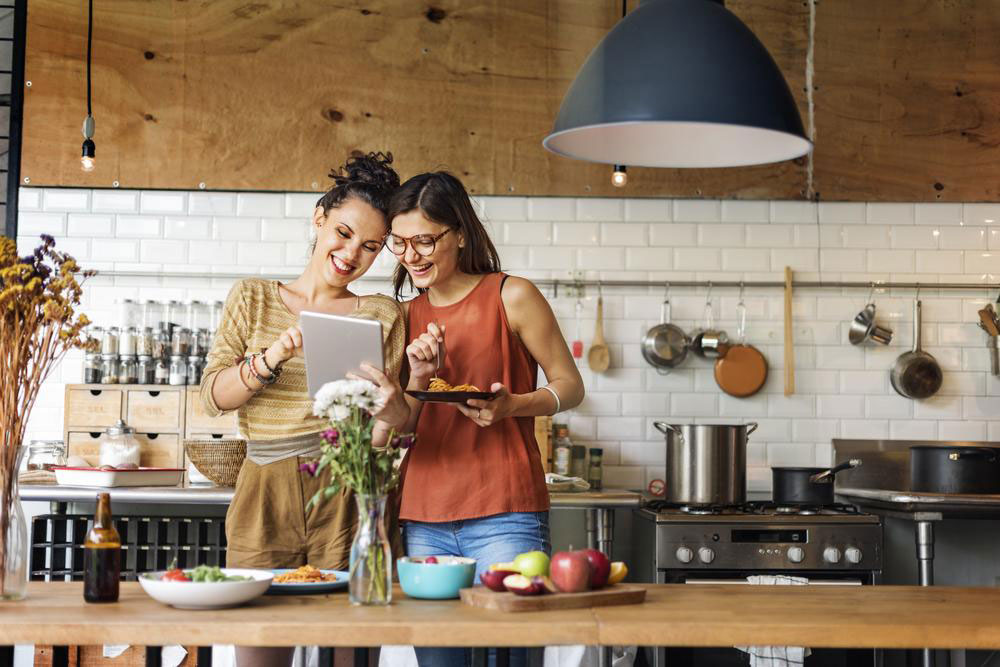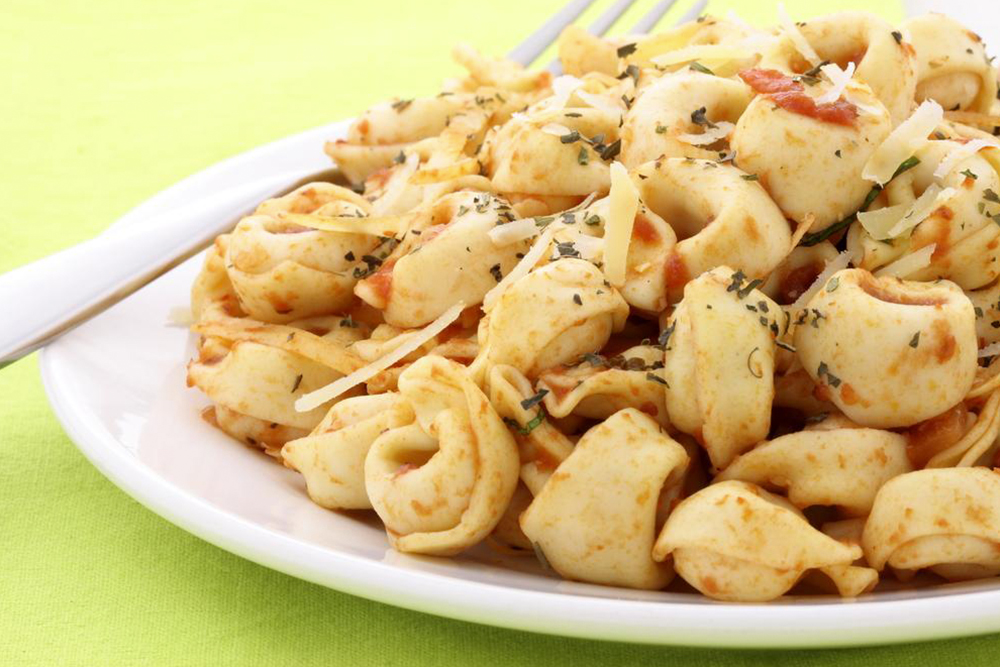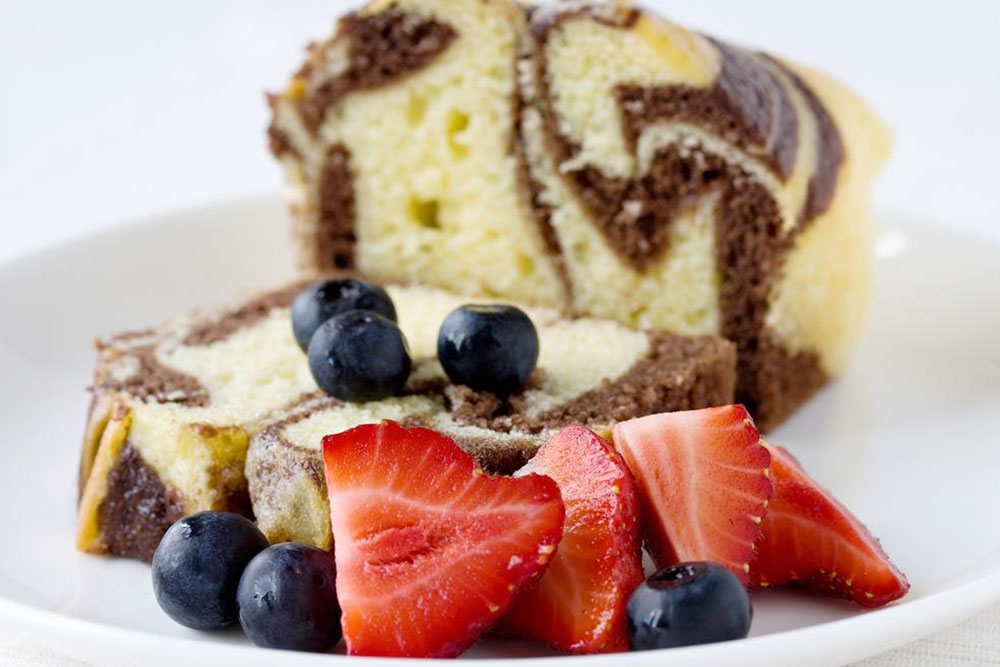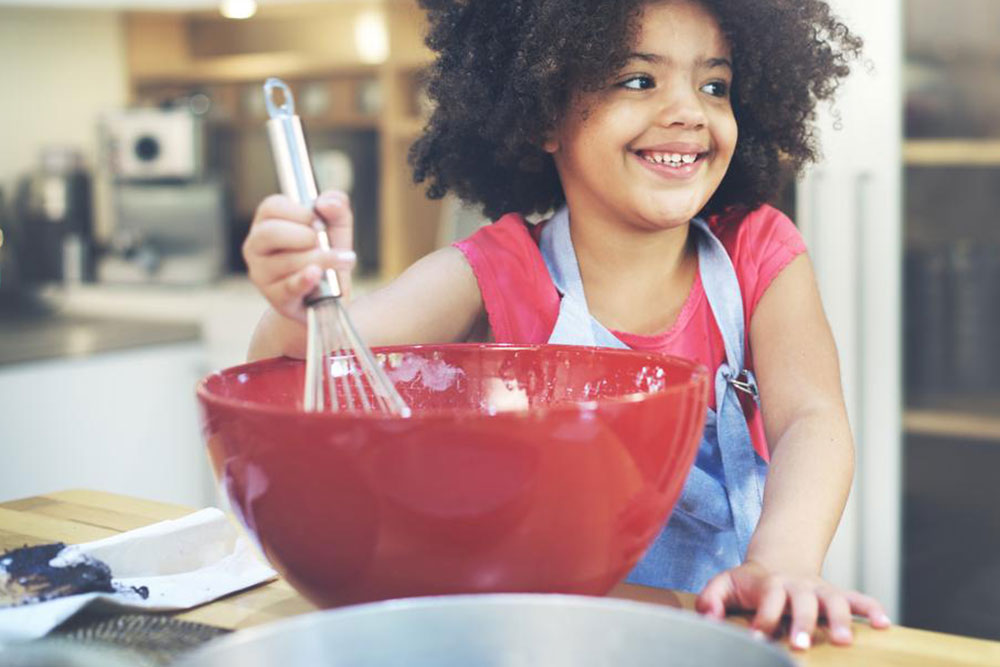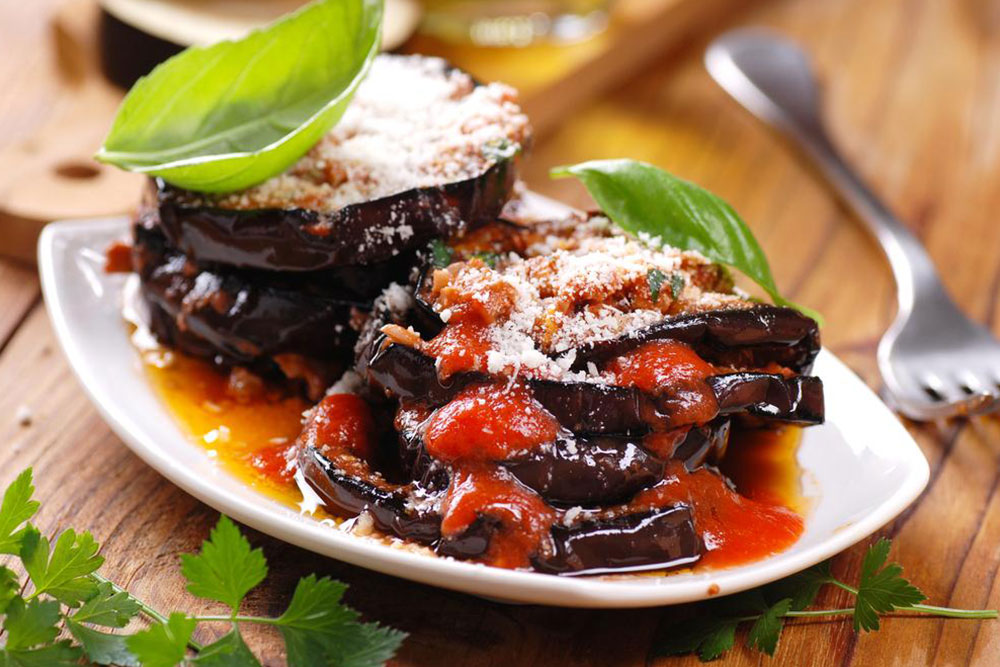The Digital Revolution in Cooking: From Traditional Recipe Books to Online Culinary Guides
Explore how culinary instructions evolved from traditional handwritten recipes and family cookbooks to a digital world. Discover how the internet, videos, and social media platforms have revolutionized cooking, making recipes more accessible, interactive, and global. This article highlights the importance of technology in preserving culinary heritage, fostering creativity, and democratizing cooking education for enthusiasts and professionals alike.

The Evolution of Cooking Instructions in the Age of Technology
Cooking has witnessed a remarkable transformation driven by technological advancements, seamlessly blending traditional culinary practices with innovative digital tools. Historically, recipes were kept in handwritten notebooks, treasured family diaries, or printed in cookbooks handed down through generations. These physical recipes served as cultural artifacts, preserving culinary heritage and personal traditions. Over time, these recipes found their way into family collections, community cookbooks, and restaurant menus, embodying local flavors and cultural identity.
With the advent of the internet, this culinary legacy experienced a revolutionary leap forward. Today, recipes are no longer confined to printed pages or personal journals. Instead, they are accessible worldwide through countless online platforms, culinary blogs, and social media channels. This digital shift enables home cooks, professional chefs, and food enthusiasts to share, discover, and adapt recipes at an unprecedented scale.
One of the most significant impacts of this technological evolution is the democratization of cooking knowledge. Anyone with an internet connection can explore an extensive array of culinary content—from traditional family recipes to avant-garde cooking techniques. Online video tutorials by renowned chefs provide step-by-step guidance, making complex dishes approachable for amateurs and seasoned cooks alike. Interactive platforms allow users to comment, ask questions, and share their own variations, fostering a global community centered around food.
This transformation also plays an essential role in preserving cultural heritage. As recipes are shared digitally, they evolve while maintaining core elements that reflect regional flavors and cooking styles. This ongoing exchange encourages culinary creativity, inspiring cooks to innovate or adapt recipes based on available ingredients or dietary needs. For example, vegan modifications of traditional dishes are now widespread, demonstrating how digital access fuels culinary diversity and inclusivity.
Furthermore, the availability of digital cooking instructions supports educational initiatives, allowing culinary schools and home educators to reach broader audiences. Platforms like YouTube, TikTok, and dedicated cooking apps provide visual demonstrations, nutritional information, and shopping tips, making cooking more accessible and engaging. These resources bridge generational gaps, empowering young learners while respecting age-old traditions.
In conclusion, the journey of recipes from handwritten books to the digital realm signifies more than just technological progress—it reflects cultural evolution and the global interconnectedness of food lovers. As technology continues to advance, the way we learn, share, and innovate in the kitchen will only become richer and more inclusive, ensuring that culinary traditions thrive in the digital age.
